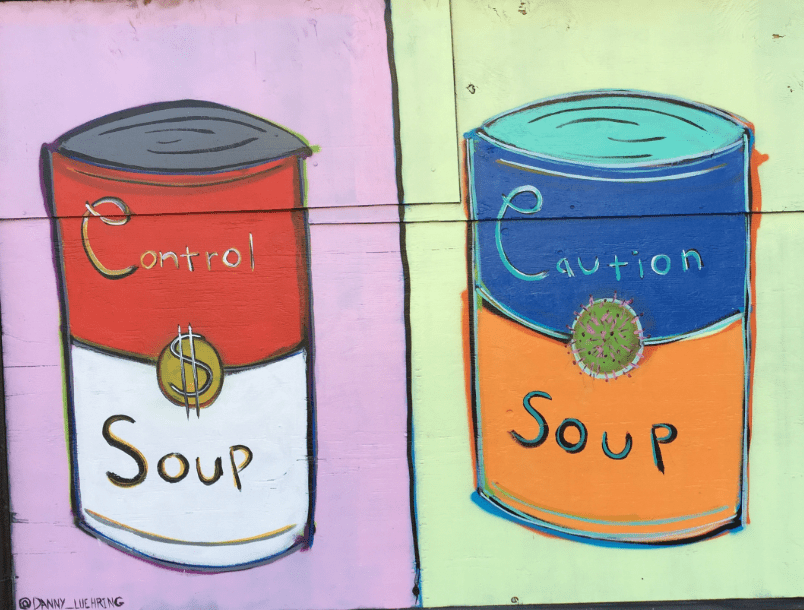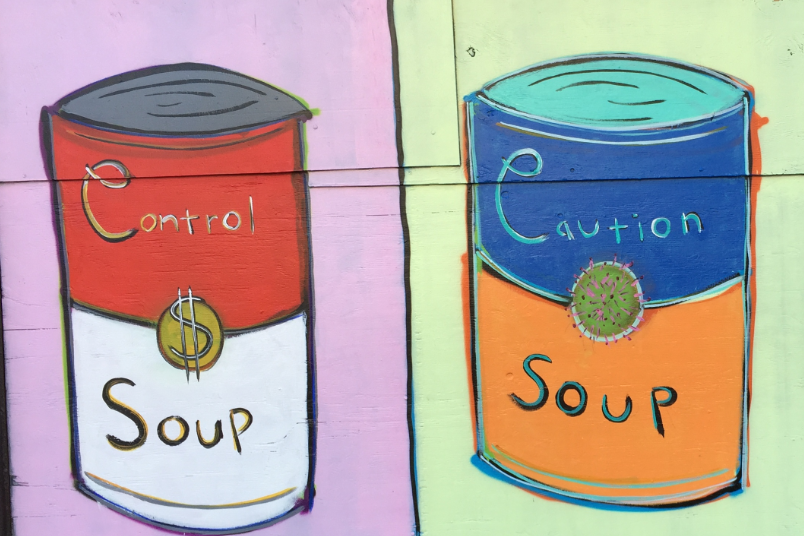These Fundraising Appeal Fallacies Will Cost You Money
 Ever have a well-meaning, yet perhaps overly controlling or risk-aversive, boss say to you:
Ever have a well-meaning, yet perhaps overly controlling or risk-aversive, boss say to you:
-
Our fundraising letter must be no longer than one page.
-
That’s too simple; we don’t want to talk down to our donors.
-
We need to say more about our accomplishments.
-
We need to describe numbers of people served; that’s what’s impressive.
-
That’s not how I talk.
-
That’s not our corporate style.
-
That’s not how we do things.
-
That’s not what our donors are used to.
-
That’s not proper grammar.
-
That’s too gushy and effusive.
-
I want happy, not sad, photos.
-
Asking the reader to “please give generously” is sufficient; no need to name an amount.
-
Asking once is enough.
-
The development director should sign the letter.
-
Signatures from both the E.D. and board president will be more persuasive.
-
We don’t need a P.S.
Alas, these are common fundraising appeal fallacies that will cost you money. Money donors might have given to you, if you’d only understood some fundamental fundraising truths.
Truths, Not Fallacies
I was reminded of some of these truths in a post from Jeff Brooks. He spoke of true pearls of wisdom gleaned from his fundraising mentor, the pioneering direct mail writer Bob Screen. We’ve lost Bob and several fundraising giants in recent years, including Simone Joyaux and John Haydon, but we should never lose sight of the wisdom they imparted. It’s the best way to assure their memories live on and their good works continue.
I did not know Bob, but I’m sure I learned from him without realizing it. Because the good stuff gets passed around. Why? Because it works.
And it takes someone with experience to not just demonstrate it works, but to forcefully maintain the necessity of adhering to tested principles, facts and truth. Even – especially – in the face of doubters (e.g. executive directors; board presidents) who would seriously derail your fundraising efforts. With all good intention, of course.
YOU are the fundraiser.
Never forget this is why you were hired. No one is an expert at everything. And chances are fundraising writing is not your leadership’s key area of proficiency. It’s your job to know what works, and what doesn’t.
Details

 You must invite your donor into the story.
You must invite your donor into the story.